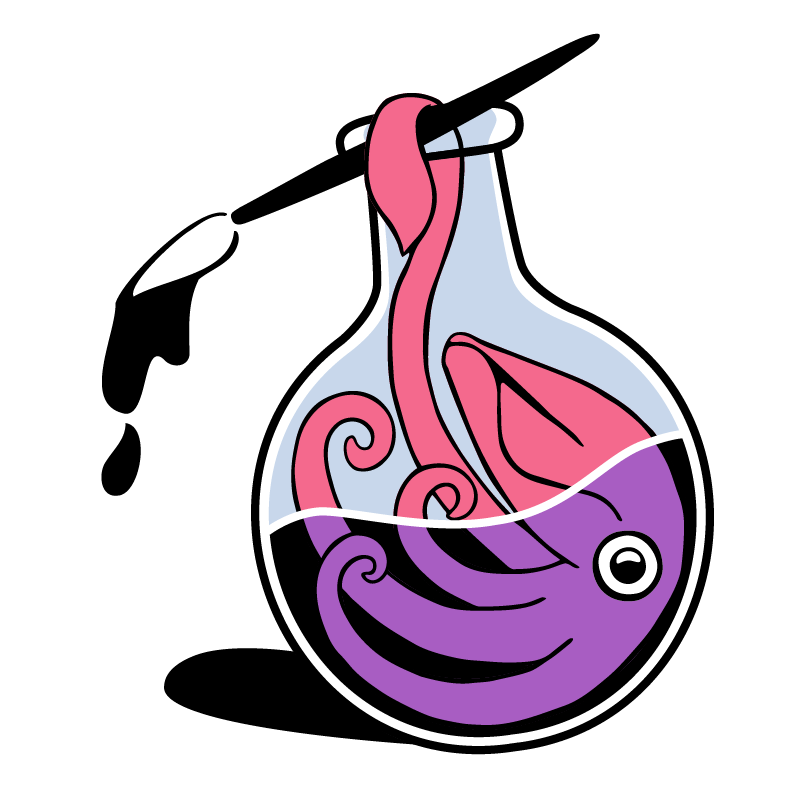Complex IV - Cytochrome c Oxidase
Complex IV is the final stop for electrons in the ETC. In Complex IV, electrons are shuttled over from Complex III by cytochrome c and are eventually transferred to molecular oxygen to form water.
Explore the 3D structure of Complex IV:
Complex IV (CIV) is a homodimer (heterodimer in some species) with a docking site for cytochrome c near the top. CIV is the only protein complex in the ETC in which electrons travel down from the intermembrane space side (IMS) to the matrix side against the charge gradient to O₂. CIV contains two copper sites Cu A and Cu B, and two cytochromes, a and a₃.
A closer look at Complex IV
CIV carries out the reduction of O2 to H2O.
Molecular oxygen (O₂) needs four electrons and four protons to form two molecules of water. Thus, four cytochrome c proteins have to shuttle electrons to CIV before the reaction can be fully carried out. CIV contributes to the proton gradient by translocating 4H⁺ from the matrix and 2H⁺ into the intermembrane space.
CIV contains two binuclear sites and two heme molecules.
The first binuclear site, Cu A, consists of a pair copper ions and receives incoming electrons from Cyt c. It is located just above heme a. The second binuclear site consists of the molecule heme a₃ and a nearby copper ion, Cu B. This site carries out the reduction of O₂, forming water.
Reduction of Molecular Oxygen to Water
-
Cytochrome c docks at CIV and transfers its electron to the Cu A site
cyt c (Fe²⁺) → cyt c (Fe³⁺) + e-
CuA (Cu⁺) + e- → CuA (Cu)
-
The copper ion pair transfers the electron to cytochrome a, containing a heme a molecule.
CuA (Cu) → CuA (Cu⁺) + e-
cyt a (Fe³⁺) + e- → cyt a (Fe²⁺)
-
The electron will then move to a second binuclear site, consisting of heme a₃ and a nearby copper ion, Cu B. The electron will reduce a molecule of dioxygen (O₂), which is bound between Cu B and the iron atom in heme a₃. Four electrons are needed to reduce O₂ to water, and thus four cytochrome c proteins must bind to CIV for the reaction to proceed.
½O₂ + 2e- + 2H⁺ → H₂O
-
In CIV, electrons are moving down towards the negatively doped matrix, meaning they are moving against their concentration gradient. As a result, proton translocation cannot be coupled with electron transport. Instead, protons are taken up by CIV through conformational changes in the protein as the metal ions change oxidation state. Four protons are taken up by CIV from the matrix, and two are transferred into the IMS.
